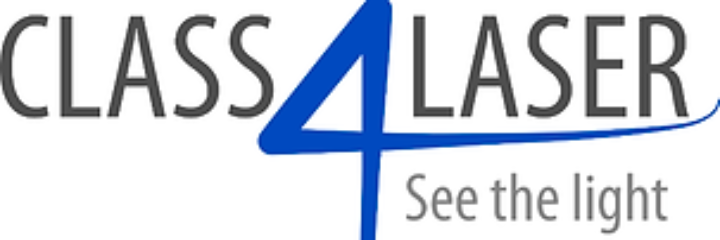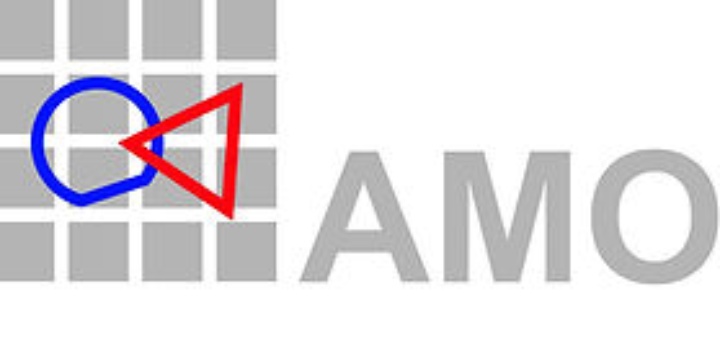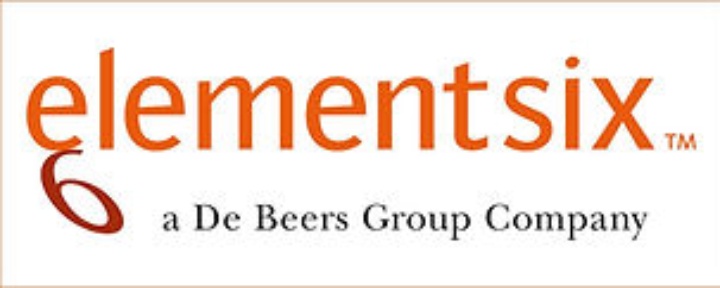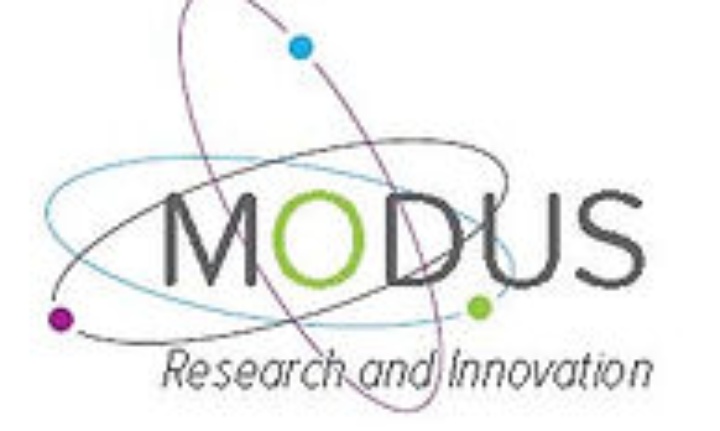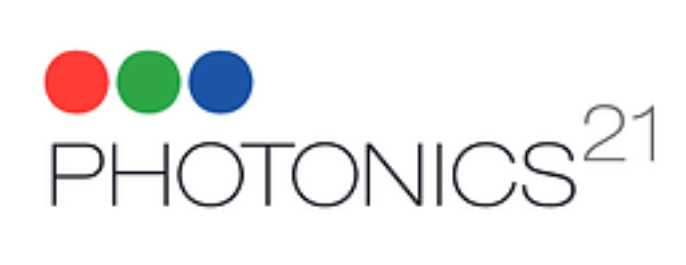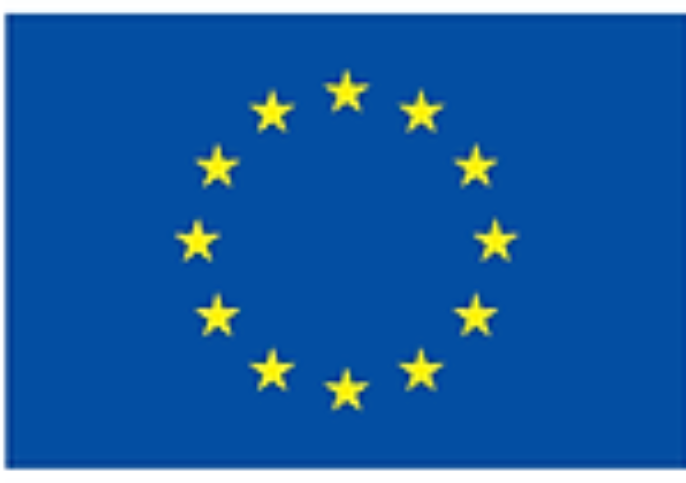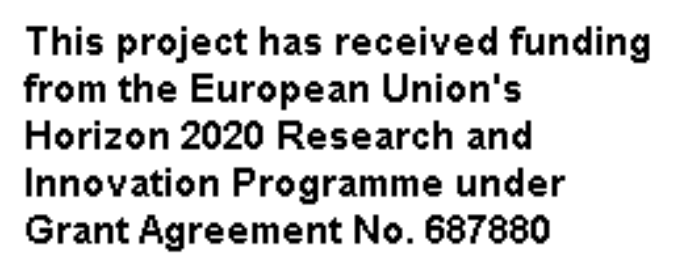A significant core research area at the USTUTT is devoted to fundamental investigations on diode-pumped solid-state lasers (mainly thin-disk lasers). Current efforts concentrate on the reliable generation of radiation with high beam quality and the power scalability of lasers in all modes of operation (cw, Q-switched, mode locked) of oscillators as well as for amplifiers. Strongly related to the research on high-power lasers the USTUTT also develops novel optical elements for the polarisation and the spectral control (polarisation and wavelength selective devices as well as highly efficient pulse compressor gratings) of laser radiations. Within the core research area on laser-based Process Development the knowledge on fundamentals gained in the continuous research on the interaction between laser beams and matter is exploited for the development of novel laser-based manufacturing techniques. Dr. Marwan Abdou Ahmed will coordinate the project and will lead the USTUTT input to the project HIPERDIAS. USTUTT will develop the high-power thin-disk multipass amplifier and will provide its expertise on laser-based manufacturing technologies. Furthermore, USTUTT, together with the partner AMO, will develop the highly-efficient pulse compressor gratings.
Collaborators:
Dr. Marwan Abdou Ahmed
apl. Prof. Dr. Rudolf Weber
Prof. Dr. Thomas Graf
Website: Universitaet Stuttgart
AMP is a French company with more than 150 employees and located in Pessac, close to Bordeaux. Amplitude Systemes has been one of the first companies to introduce industrial femtosecond lasers on the market, is recognized as a world leader in this field, and has pioneered many new products over the years.
Markets include scientific applications such as cellular imaging as well as high-end industrial applications of ultrafast lasers. AMP has sales in Europe, Asia and the United States. Products include ultrafast diode-pumped Ytterbium lasers, using crystals as the amplifier medium, as well as high power fiber amplifiers.
AMP offers a unique combination of scientific expertise and industrial background, which is of primary importance for the successful development and deployment of new technologies and products.
AMP will contribute its expertise and strength in femtosecond laser technology development. AMP will lead the work package 3 that concentrates on the pulse generation and amplification to a high power level. Moreover, AMP will address system aspects as e.g. fast modulation of the amplified pulse train
Collaborators:
Dr. Clemens Hönninger
Birgit Weichelt
Dr. Martin Delaigue
Website: Amplitude Systemes SA
Class 4 Laser Professionals AG was founded September 2011 as an affiliated company of the Dutch Reith Laser B.V. The company offers technical and technological support and services with focus on industrial laser processing and laser machinery for end customers but also for laser companies in the market. Class 4 Laser is specialized in laser applications like precision cutting of metals, crystals and ceramics, micro drilling of holes with highest aspect ratio as well as in welding of challenging metals and dissimilar materials or surface structuration for the tooling, watch or medical industry. The company is using pulsed high-end solid state lasers, fiber lasers and newest ultra-short pulse lasers. Class 4 Laser Professionals AG owns a fully equipped laser application centre. This allows development of new laser applications, creation of prototypes and production of complete product series with shortest response times at customer requests.
To offer the best solution to the markets, Class4Laser extended its activity to specific systems development. C4L Systems build special system according to the customers’ requirement, for 2D and 3D applications, for cutting, welding and surface structuring.
Class 4 is a Swiss company with 30% customers out of the local market. 60% of our customers come out of the European market (Germany, Italy, France, Ireland, and Denmark). 10% of our customers come from US, Japanese market, Russia and the Middle East. Therefore, Europe is the most important market for us. European customers will receive the highest benefit out of the project results.
Collaborators:
Mrs. Noémie Dury
Dr. Ronald Holtz
Reiner Witte - Head of System Development
Matthias Julius - System Designer
Website: Class 4 Lasers Professionals AG
Gesellschaft Fuer angewandte Mikro- und Optoelectronik mit beschrankter Haftung GMBH (AMO) - Germany
AMO GmbH was founded in 1993 as a spin off from the RWTH Aachen University by Prof. Dr. Heinrich Kurz.
AMO is a research and nanostructure fabrication service provider with a very strong technological background based on nanolithography such as interference lithography (IL), in-line projection lithography, high resolution electron beam lithography (EBL) facilities (Vistec EBPG5200) and UV-Nanoimprint lithography. Typical application fields include nanoelectronics, Graphene processing and Si-photonics.
AMO has already demonstrated its competence taking part in several national and European research projects like Pullnano, NapaNil, during coordination of projects like Circles Of Light and GRAND and is original member of the Graphene-Flagship. Over the last years AMO has, in cooperation with national partners, accumulated experience in nanostructured laser mirror optic applications.
AMO supplies nanofabrication techniques for the fabrication of efficient pulse compression gratings and ramps up its process capabilities, as part of WP4, for the fabrication of large area gratings with enlarged diffraction efficiency and damage threshold.
Collaborators:
Dr. Thorsten Wahlbrink
Dipl.-Ing. Michael Möller
Website: Gesellschaft fuer angewandte Mikro- und Optoelectronik mit Beschrankter Haftung
Robert Bosch GmbH is an international company with about 300.000 employees and an industry leader for automotive components and consumer goods. It is also one of the most innovative companies in Europe and worldwide with currently more than 83.000 active patents and 15 more being filed every working day. Bosch has successfully implemented laser material processing with ultra-short laser pulses in mass production for a number of products produced worldwide, with quantities by far exceeding 1.000.000 parts per year.
The Corporate Research sector (CR/APJ2) will coordinate WP1 and carry out the Bosch working packages. The group is ideally suited for this work as it has a long history in research on laser material processing and has proven its innovative power in a number of successful transfers of processes to manufacturing plants. In addition, members of the group have won a number of prizes for their innovative work on novel laser processing schemes. APJ2 will also use this experience in developing processes to a stage where they can be transferred to industrial mass production to help achieve the main project goal, the development of an operational prototype for mass production of complex 3D structures.
Collaborators:
Dr. Andreas Michalowski
Dr. Mawuli Ametowobla
Franziska Bauer
Dr. Philip Kappe
Website: Robert Bosch GMBH
UNILIM is a research institute jointly held by the University of Limoges and CNRS and is a key actor of the competitiveness cluster Elopsys). UNILIM is part of the top institutes in photonics and micro-electronics as illustrated by its label of “Laboratoire d’Excellence” by the French authorities in 2011. “Gas-Phase Photonic and Microwave Materials” (GPPMM) group is a newly established research group in UNILIM which activities consists of science and technology of hollow-core photonic crystal fiber, and which long term goal is to establish “Gas Photoncics” as a major field in the coming years . GPPMM is a major player in the activity of UNILIM technological and instrumental platform for optical fiber fabrication called "PLATINOM" which has, among others, two state-of-the-art fiber drawing towers. The GPPMM stems from Prof. Benabid GPPM research group at the University of Bath which is now transferred with all the laboratory equipment's to UNILIM on one hand, and from the pre-existing experience and facilities of UNILIM in optical fiber on the other hand. The GPPMM has been the world pioneering and leading research group in the field of hollow-core PCF and its applications for gas-phase materials based quantum and nonlinear optics. In relation to this call, GPPMM in collaboration with GLOphotonics have at the forefront of ultra-high power and ultra-high energy ultra-short optical pulse delivery as it is illustrated in the cover magazine of September issue of Laser Focus World.
Collaborators:
Prof. Fetah Benabid
Dr. Frederic Gerome
Website: Universite de Limoges
Created in 1999, LASEA is a high-tech Belgian SME which has a unique expertise in the design, manufacture and use of laser systems for industrial purposes. More specifically, LASEA offers cutting edge laser solutions capable of responding to the needs of companies whose production lines include plastic welding, marking, and surface treatments.
Its laser products and services are: expertise and prototype development, OEM systems and laser workstations. Equipped with 18 laser sources (CO2, high power diode lasers, diode pumped solid state lasers (DPSS) and fiber laser in cw, ns, ps and fs ranges), robots (6-axis and XYZC1C2 tables), as well as various measurements systems (confocal microscope, beam analysis, etc.), LASEA is able to develop and validate its new process and systems before industrial integration.
LASEA is based on the Liège Science Park allowing it to have strong partnership with regional Universities and the Space Centre. With presently 40 people, LASEA has manufactured laser production lines all over the world. Certified ISO9001:2008, LASEA has 5 patents in the field of laser processing. For example, LASEA has developed since 1999 a method for locally removing a coat applied on a translucent or transparent substrate (patent EP1263538).
LASEA has already worked in several European Projects like FP6 Naginels, FP7 Sfera, FP7 PMJoin, FP7 LASHARE, Era-NET+ Plasma, Era-NET+ Sinead and regional project Ecolas, OLED and SIMULAS. Currently LASEA is working in MANUNET DECOAT, EUROSTARS HYBRID and regional projects GTI, CZTS and MICROLAB.
LASEA’s activity consists in implementing laser solutions in its laser station range. This range of stations is dedicated to particular applications according to the will of the customer: micromachining, texturing, plastic welding, decoating, engraving… Therefore, the design and development of these stations is fitted to the special solution developed by LASEA’s engineers for the customer’s application. LASEA has years of experience in laser processing including laser plastic welding, marking and micromachining. In the case of this project, the objective for LASEA is implementing different equipment from the partners in a laser station in order to develop laser micromachining processes, which fits perfectly with LASEA’s activities.
Collaborators:
Dr. David Bruneel
Dr. Audrey Champin
Ir. Yannick Reichling
Dr. Jose Antonio Ramos-de-Campos
Ir. Axel Kupisiewicz
Website: Laser Engineering Applications SA
GLOphotonics SAS is a spin-out Company set up to commercialise a new optical component - called the Photonic MicroCell™ (PMC). GLO proprietary Hollow-Core Photonic Crystal Fiber (HC-PCF) and Photonic Micro-Cell (PMC)TM technology is based highly innovative and performant HC-PCF and the process of filling them with a chosen gas to offer photonic functionalities such as (i) Optical frequency conversion, (ii) Ultra-high power pulsed laser delivery (iii) Laser pulse compression or (iv) Frequency standards. GLOphotonics provides the photonic market players with components and technology solutions. Despite its recent creation, GLOphotonics is the market leader in fiber based ultra-high power ultra-short pulse beam delivery as is illustrated in the editorial of Laser Focus World issue of September 2014. GLO is extending the capabilities of the PMC by working in partnership with the UNILIM Research Institute (which is a joint venture between the University of Limoges and CNRS).
Collaborators:
Dr. Benoit Beaudou
Dr Benoit Debord
Mr Quentin Lekiefs
Mr Matthieu Chaffer
Website: GLOphotonics
E6, incorporated in Ireland, is a synthetic diamond supermaterials company. E6 is a member of the De Beers Group of Companies, its majority shareholder. E6 designs, develops and produces synthetic diamond supermaterials, and operates worldwide with its parent company registered in Luxembourg, and primary manufacturing facilities in Ireland, U.S., China, Germany, Sweden, South Africa and the U.K. Our diamond supermaterial solutions are used in applications such as cutting, grinding, drilling, shearing and polishing, while the extreme properties of synthetic diamond beyond hardness are already opening up new applications in a wide array of industries such as optics, water treatment, semiconductors and sensors.
The Element Six Group has revenues of €400m annually, employs 2,450 employees and operates across the globe. Primary industries served are: Aerospace, Automotive, Mining, Road, Oil & Gas, Electronics, Optical, Audio and Water Treatment. Element Six also operates the most sophisticated synthetic diamond innovation centre in the world based in Oxford, UK, employing 130 material scientists, physicists and technicians.
Collaborators:
Michael King
Eoin McMahon
William Scalbert
Dr Chris Wort
Website: Element Six Limited
MODUS Research and Innovation is a ‘not-for-profit’ organisation established with the objective of assisting universities, companies and other organisations to secure European and National Research Funding, such as Horizon 2020 and Innovate UK.
At MODUS, we professionally accompany our clients through the application process and assist them in the implementation of their projects.
The services that we offer include:
-
Proposal Development
-
Project Management
-
Dissemination & Exploitation
Collaborators:
Derek McKenzie
Alison McLeod
Amanda Dron
Sharon Lock
Website: www.modus.ltd




